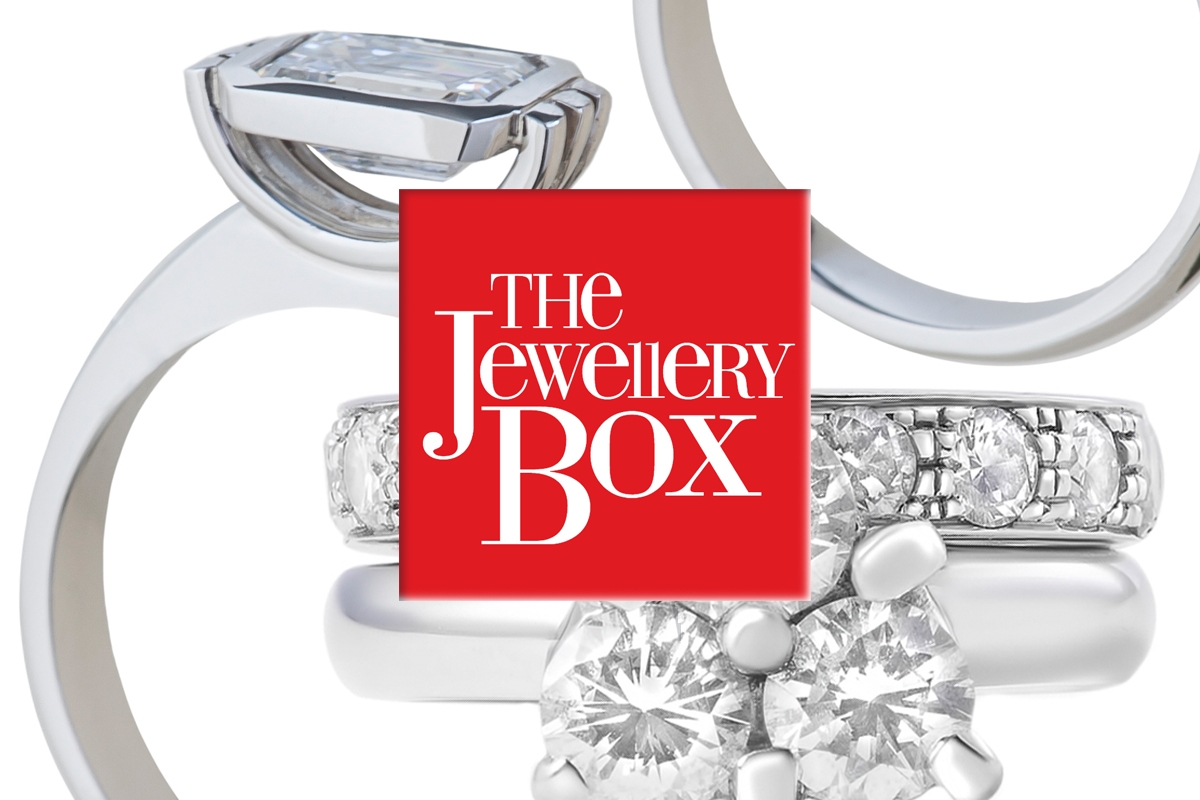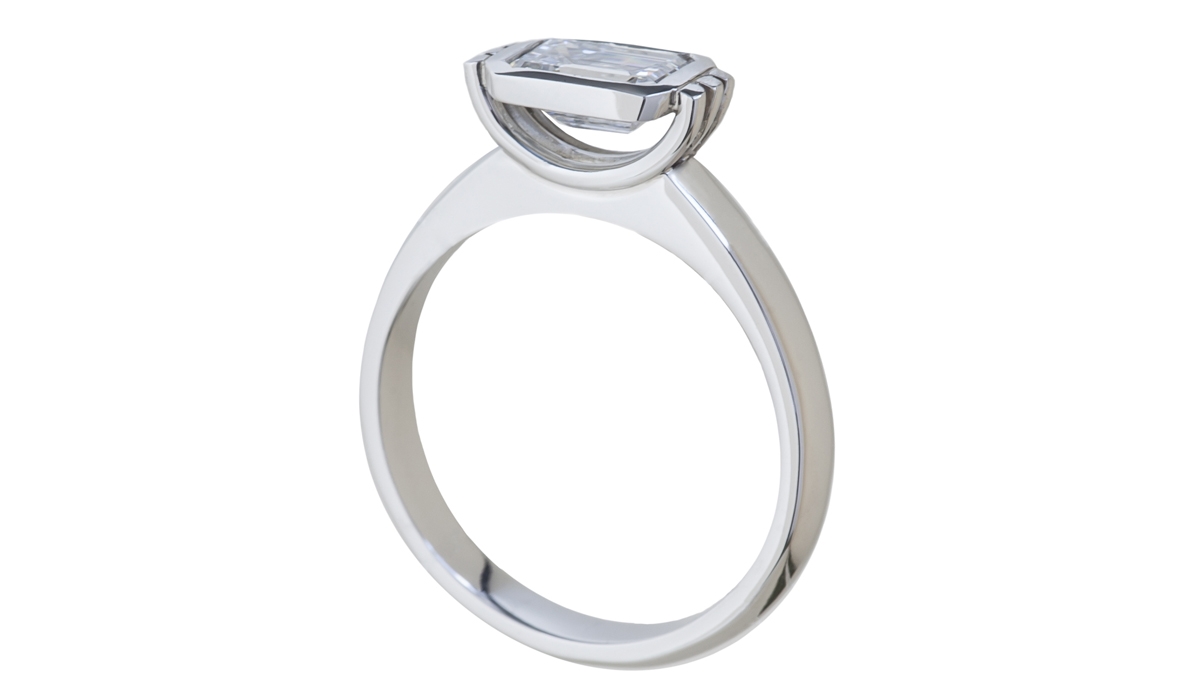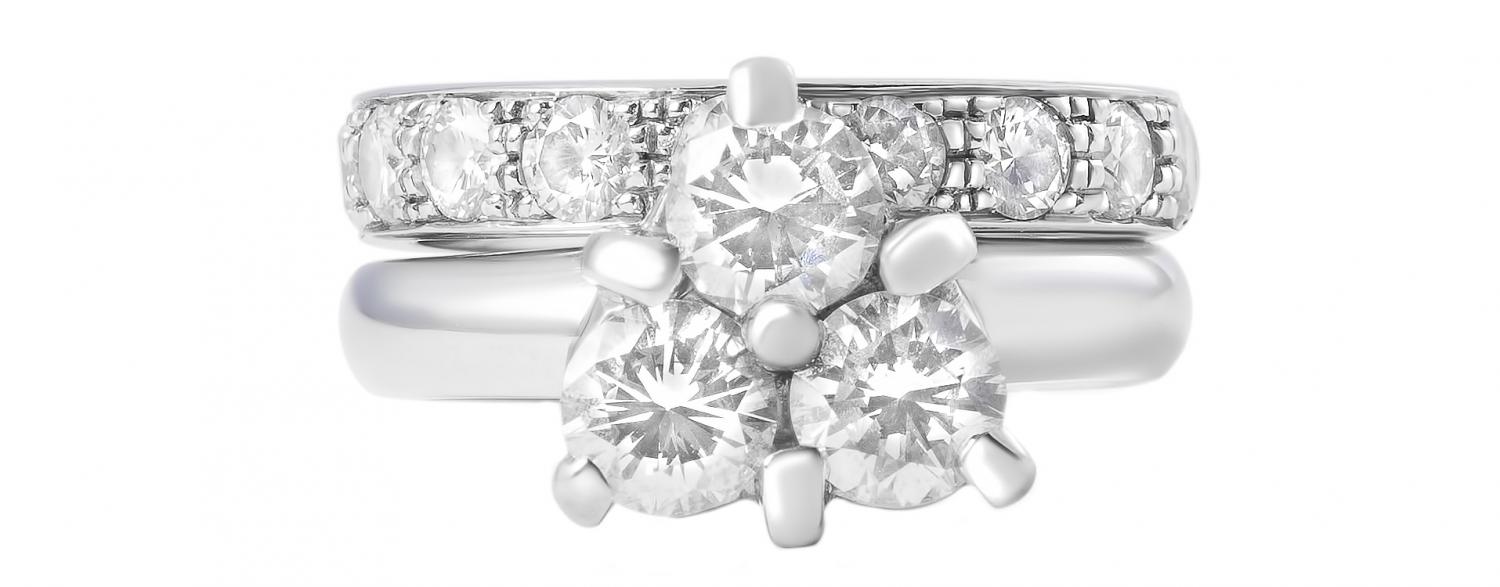
Birthstones: April
Well April baby, you won the lottery. Diamond is your gem. It wasn’t always, and still isn’t by a number of traditions, but in North America it is. If you were born this month and your name’s Adam, well you’re doubly invincible, because both names are rooted in the Greek word adamas, meaning ‘unbreakable’.
As early as 2000 BC, diamonds may have been used as abrasives in Egypt, according to historian William Dalrymple. But with hardness and beauty this gem was destined for more than abrasion, it was the ultimate adornment.
It’s questionable whether diamond was chosen for the high-priest’s breastplate in Exodus, the accepted origin of birthstones. Scholars, including the 16th century Vatican priest Cornelius à Lapide, have questioned the likelihood: “Whence could the poor Hebrews have obtained such a sum of money and where could they have found such a diamond?”
Historically, onyx was more oft-noted as the gem in row two of the breastplate together with garnet and lapis lazuli. It appears the diamond upgrade happened with the advent of wearing birthstones in Poland in the 18th century.
Diamond is referenced and revered in many religions. Myths are many and various. For some it could act as a poison, for others an antidote to it. The Hindu scripture Garuda Purana, completed in the 10th century, contends:
Dreadful poisons, secretly administered, prove inoperative in the wearer’s system and all his possessions enjoy a sort of immunity from acts of incendiarism or erosion by water. The complexion of such a person improves in its glow and all his undertakings become prosperous and thriving. Serpents, tigers and thieves fly from the presence of a person wearing a diamond.
Ha! Take that you serpents, tigers and thieves!
The Hindu Buddhabhatta determined which social classes got which grades of diamonds. Of course, the elite Brahmins were allotted the finest, colourless diamonds. Royals are like that.

The opening of trade from the east brought caravans of exotic goods, including diamonds, to the hub of Venice. By the 1400s, the gem was coveted among Europe’s elites. India was still the only source and would be for a few more centuries. Until that happened, some of the most fabled diamonds were dug out of the historic Golconda mine. Among them, the legendary 45.52 carat French Blue (now known as the Hope) brought from India to Europe by the 17th century French traveller Jean Baptiste Tavernier and sold to Louis XIV in 1668. As well, the Koh-i-noor, which passed among many royal hands including Mughal ruler Shah Jahan, Persian ruler Nader Shah, Sikh ruler Ranjit Singh and, in 1849, with some British East India Company strong-arming, Queen Victoria. It remains in the British crown jewels today.
Mines have definite life expectancies. Our Canadian mines, active for about two decades, are estimated at about halfway through their lifespans. The Golconda mine was no different, artisanal techniques just slowed the death knell. By the early 1700s it was depleted. Just as it was, a discovery was made in Brazil and diamond mining picked up its picks and moved to South America; 150 years later it too ran out of rough.
Again, just in the nick of time for a now diamond-besotted European moneyed class, the gem was discovered in South Africa in the late 1860s. Mining there brought to the world the largest diamond ever found, a 3,106 carat from which was cut the 530 carat Cullinan I that bedecks the Royal Sceptre with Cross of the British Crown jewels. It also brought a modern monopoly like no other.
In 1888, entrepreneur Cecil Rhodes – he of Rhodes scholarship – established De Beers Consolidated Mines. By 1900, De Beers controlled an estimated 90 per cent of the world’s production of rough diamonds. But by the end of the century, with discoveries in Russia, Australia and Canada in particular, countries began opting not to play ball with De Beers and the playing field has leveled.

While the largest diamonds found have been colourless, some of the most famous are coloured. This includes the blue Hope (now in the Smithsonian), the green Dresden (thankfully safe at the Metropolitan Museum of Art in New York during the November 2019 jewellery heist at the castle), the Moussaieff red (found by a Brazilian farmer), and the vivid orange Pumpkin (worn by Halle Berry at the 2002 Academy Awards).
In minerology – nay, in nature – you can’t get any simpler than a single-element formula. This is diamond’s: C. Nothing more. Pure carbon. But it’s how those carbon atoms join up – cubic system – that makes diamond the hardest of all. Diamonds are 140 times harder than sapphires and rubies, the next hardest natural gems. The earth is 4.5 billion years old; the oldest diamonds 3.3 billion. They were formed in temperatures over 1000˚C at depths of 150 km and pressure 60,000 times that on the surface of the earth. Diamonds are already forever.
Pamela Coulston is a certified gemologist and owner of Disegno Fine Jewellery
Visit Disegno Fine Jewellery in Ottawa's ByWard Market or shop online














